


Beautiful Blossoms! Twelve New Pocket Gardens Bloom Across the BMC
Source:Beijing Tongzhou Fabu 2025-10-22
In 2025,Tongzhou District, responding to the capital’s call to build a “GardenCity where everyone is a gardener,” has completed twelve communitymicro-gardens across six sub-districts, covering a total area ofapproximately 1,100 square meters.
“Before, the community’s greenery was all decided by the property management. Now we can choose our own flowers and plant our own trees — it feels just like our own courtyard!” said Ms. Li, a resident of Zijing Yayuan Community. This sentiment captures the defining feature of these twelve micro-gardens — resident participation throughout the entire process.

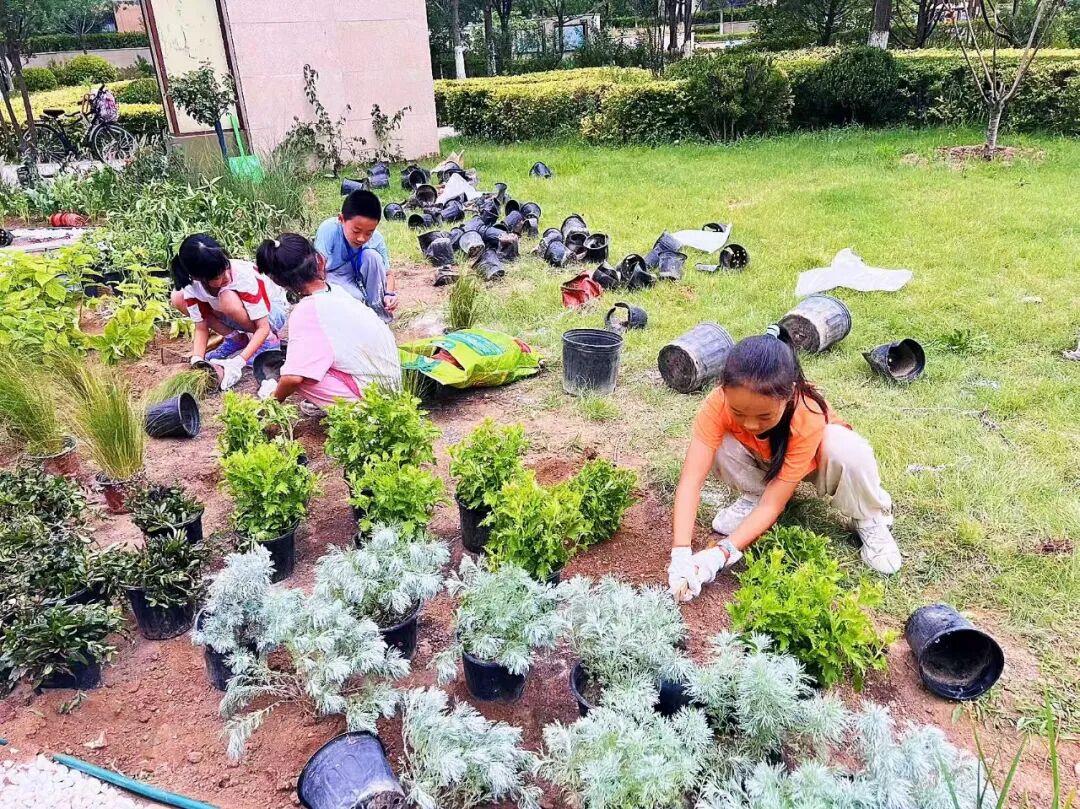
From the very beginning, the Tongzhou District Forestry and Parks Bureau joined hands with local sub-districts and communities to hold site inspection meetings and design proposal consultations, granting residents decision-making power even at the site selection stage. During construction, twelve co-building events turned residents into the main driving force of creation. Each participant could also receive a “Beijing Volunteer Tree Planting Certificate of Contribution” in digital form.
Though the flowers and plants in these twelve micro-gardens may appear naturally arranged, each design reflects careful ecological planning and human-centered consideration. According to Liu Ping, head of the Volunteer Tree Planting Section of the Tongzhou District Forestry and Parks Bureau, plant selection followed three key principles: native species, perennials, and low-maintenance varieties — ensuring that the gardens are beautiful, resilient, and ecologically beneficial.
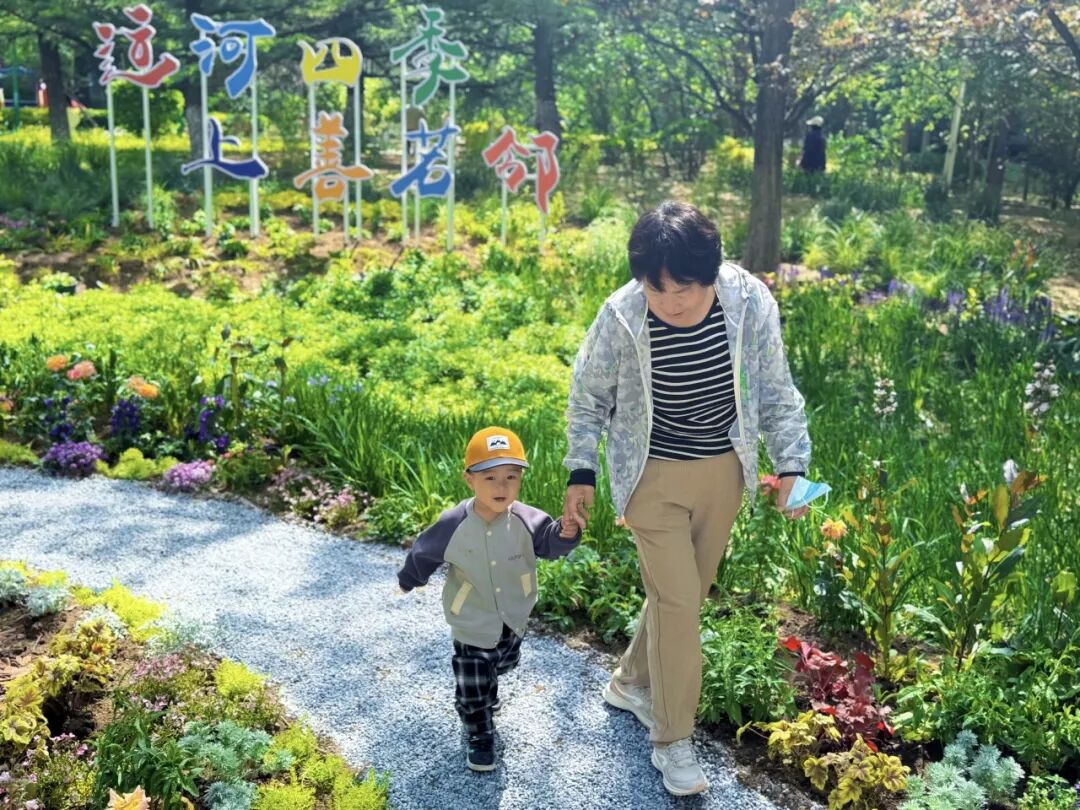
Each micro-garden presents its own distinct character: At Zijing Yayuan Community’s Rose Garden, over 4,000 rose bushes have been planted, accompanied by 20,000 hostas and irises. Discarded tires were transformed into flower boxes, and root sculptures serve as decorative art, creating a perfect blend of aesthetic appeal and creative reuse. At Yunhewan Community, a “rain garden” has been designed with loosestrife and irises as the main plants, whose root systems absorb rainwater and purify runoff, effectively reducing local flooding.
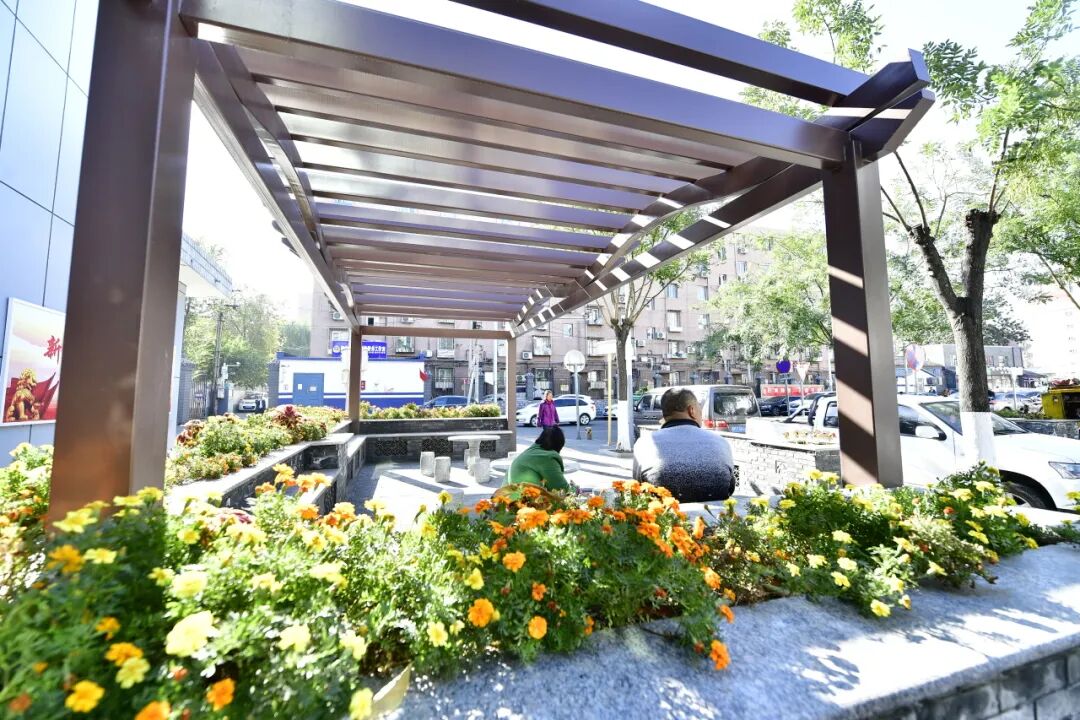
Beyond vegetation, functional facilities have made the gardens even more welcoming. For example, Zijingyuan Community made use of existing benches, offering residents a comfortable space to sit and chat. At Yuelan Jiayuan, the wood-chip garden paths are just wide enough for two people to walk side by side, allowing even parents with strollers to move about with ease.
The ecological benefits of these micro-gardens are already evident. They have helped improve local microclimates, attract pollinators such as bees and butterflies, and even encourage sparrows to nest.
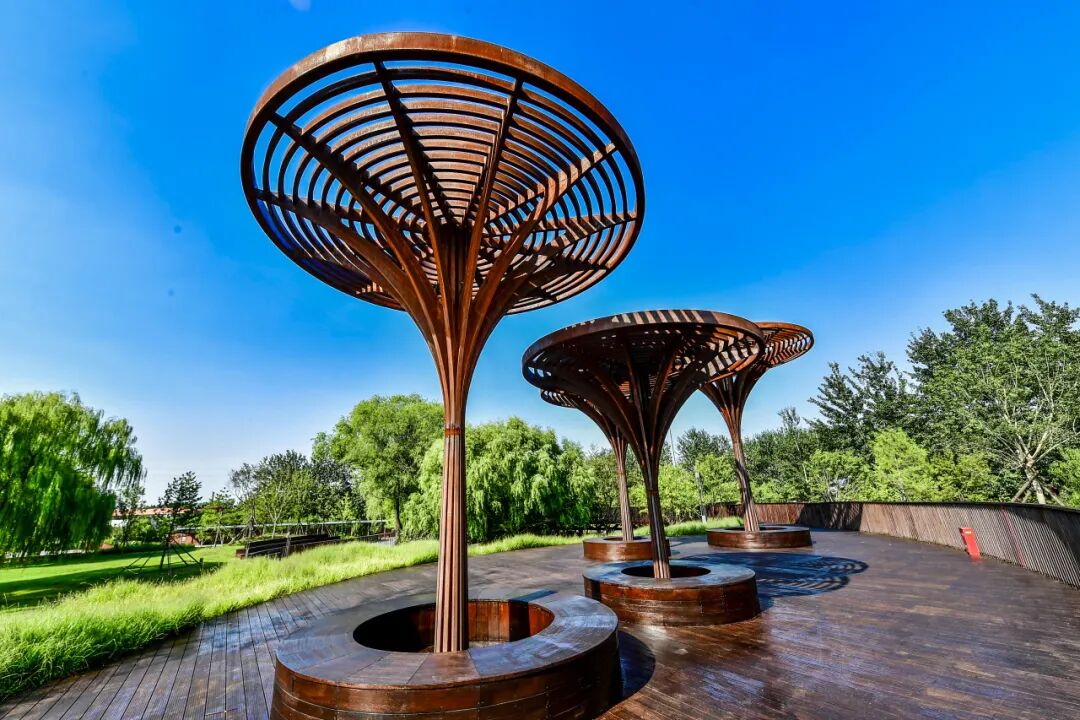
More importantly, the micro-gardens have become a bond for community governance. At Zijing Yayuan Community, residents have formed the “Ziyue Huayang” Gardening Team, with retired landscapers serving as technical advisors and neighbors taking turns in garden maintenance. Thus, these twelve micro-gardens have evolved from being “green spaces” into “spaces of shared community spirit.”
Today, as one strolls through Tongzhou’s neighborhoods, these micro-gardens — appearing at street corners and courtyards — have become a new hallmark of community life.
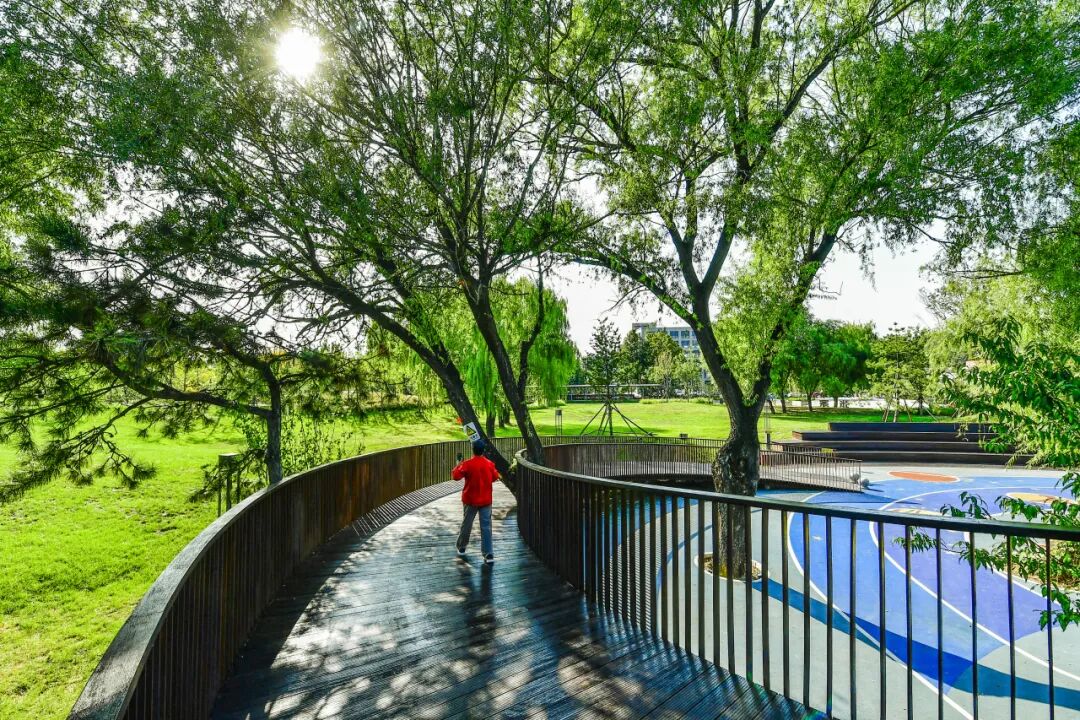
Looking ahead, the Tongzhou District Forestry and Parks Bureau plans to expand the micro-garden initiative, utilizing more idle plots and underused corners to create additional green spaces. It also aims to achieve full coverage of certified community and village-level horticulturists, establishing a sustainable system where experts lead, residents participate, and long-term care is ensured. By summarizing the experiences of these twelve micro-gardens, the district will form a replicable and scalable model, enabling even more residents to enjoy their own “personal gardens” right at their doorsteps.
From “Onlookers” to “Garden Makers”
“Before, the community’s greenery was all decided by the property management. Now we can choose our own flowers and plant our own trees — it feels just like our own courtyard!” said Ms. Li, a resident of Zijing Yayuan Community. This sentiment captures the defining feature of these twelve micro-gardens — resident participation throughout the entire process.


Thoughtful Planting and Practical Design
Though the flowers and plants in these twelve micro-gardens may appear naturally arranged, each design reflects careful ecological planning and human-centered consideration. According to Liu Ping, head of the Volunteer Tree Planting Section of the Tongzhou District Forestry and Parks Bureau, plant selection followed three key principles: native species, perennials, and low-maintenance varieties — ensuring that the gardens are beautiful, resilient, and ecologically beneficial.


Small Gardens with Significant Ecological Benefits
The ecological benefits of these micro-gardens are already evident. They have helped improve local microclimates, attract pollinators such as bees and butterflies, and even encourage sparrows to nest.

Lighting Up the BMC with More “Pocket Oases”
Today, as one strolls through Tongzhou’s neighborhoods, these micro-gardens — appearing at street corners and courtyards — have become a new hallmark of community life.

